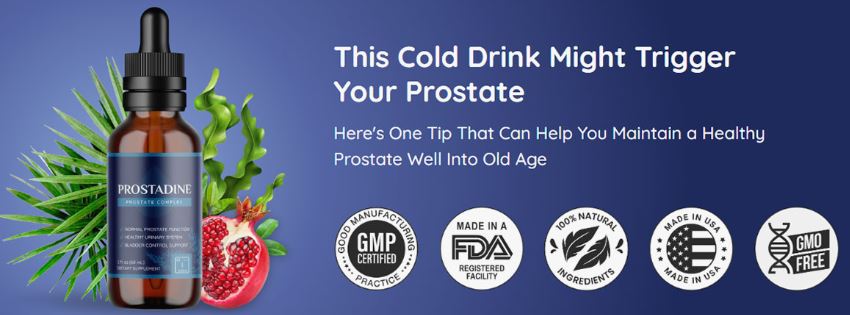Cracking the Code of Fatty Liver: Key Risk Factors and Prevention Strategies
Fatty liver, medically known as hepatic steatosis, is a prevalent health condition that affects millions of people worldwide. It occurs when excessive amounts of fat accumulate in the liver cells, impairing their function and potentially causing serious health complications. While the liver normally contains some fat, it becomes a concerning issue when fat makes up more than 5-10% of its weight. Understanding the key risk factors and implementing prevention strategies can help individuals maintain a healthy liver and prevent the development of fatty liver disease.
There are two primary types of fatty liver disease: alcoholic fatty liver disease (AFLD) and non-alcoholic fatty liver disease (NAFLD). As the names suggest, AFLD is typically caused by excessive alcohol consumption, while NAFLD occurs in individuals who do not consume alcohol excessively. NAFLD is further classified into two categories: non-alcoholic fatty liver (NAFL), which involves fat accumulation but no inflammation or liver damage, and non-alcoholic steatohepatitis (NASH), which involves fat accumulation along with inflammation and liver damage.
There are multiple risk factors associated with the development of fatty liver disease, some of which can be modified or controlled. Obesity, particularly excess fat around the abdomen, is one of the leading risk factors for NAFLD. This is due to the fact that excess body fat leads to insulin resistance – a condition where insulin becomes less effective at regulating blood sugar levels, increasing the risk of fat accumulation in the liver. Other risk factors include type 2 diabetes, high blood pressure, high cholesterol or triglyceride levels, metabolic syndrome, and polycystic ovary syndrome (PCOS).
Lifestyle factors play a crucial role in the prevention and management of fatty liver disease. Maintaining a healthy weight through a balanced diet and regular exercise is one of the most effective ways to prevent fat accumulation in the liver. A diet rich in fruits, vegetables, whole grains, and lean proteins, while limiting saturated and trans fats, added sugars, and refined carbohydrates, can significantly reduce the risk of developing fatty liver disease.
Regular physical activity not only aids in weight management but also improves insulin sensitivity and reduces liver fat. Engaging in moderate-intensity aerobic exercises, such as brisk walking or cycling, for at least 150 minutes per week, along with strength training exercises twice a week, is recommended to promote liver health.
Moreover, limiting alcohol consumption is crucial in preventing alcoholic fatty liver disease. For men, it is advisable to limit alcohol intake to two standard drinks per day, while women should limit it to one standard drink per day. Avoiding tobacco smoking and minimizing exposure to environmental toxins also contribute to maintaining a healthy liver.
For individuals with underlying medical conditions such as diabetes or high blood pressure, proper management and control of these conditions are essential for preventing complications related to fatty liver disease. Regular check-ups and discussions with healthcare professionals can provide valuable guidance in managing these conditions and reducing the risk of liver damage.
In addition to lifestyle modifications, certain medications and supplements have shown promising results in managing fatty liver disease. However, it is crucial to consult a healthcare professional before taking any medications or supplements, as they can have side effects and may interact with other medications.
Cracking the code of fatty liver disease requires a multifaceted approach that involves understanding the key risk factors, making positive lifestyle changes, and seeking medical guidance when necessary. By implementing prevention strategies and making healthy choices, individuals can significantly reduce the risk of developing fatty liver disease and maintain a healthy liver for optimal overall health.



